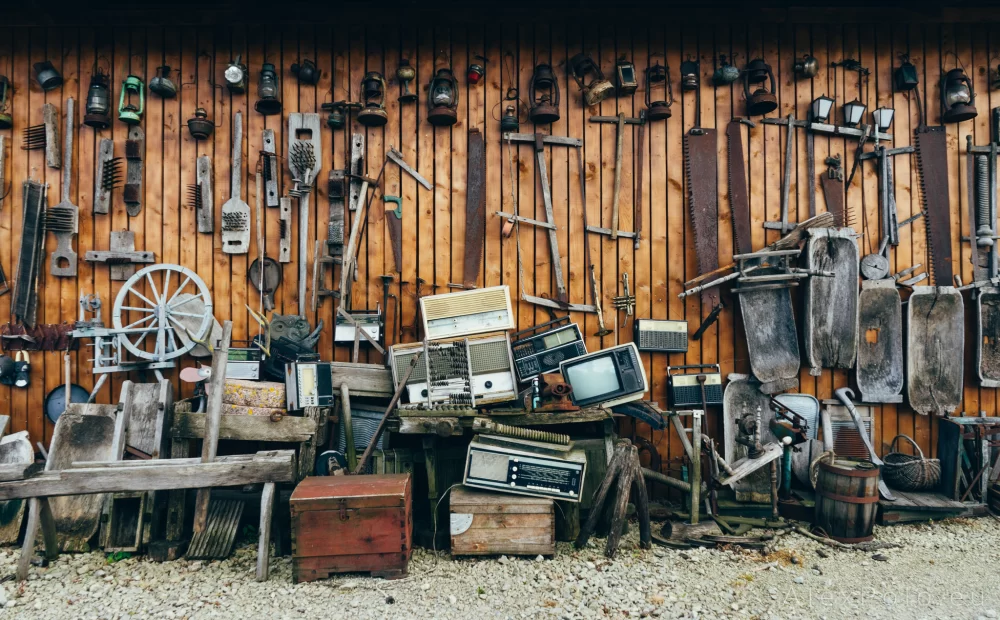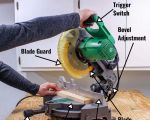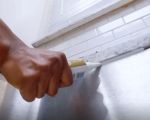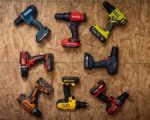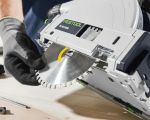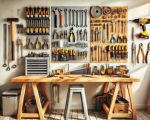- 1-Understanding-the-Chop-Saw-and-Its-Use-in-Metal-Cutting
- 2-Essential-Safety-Preparations-Before-Cutting-Metal
- 3-Step-by-Step-Guide-to-Safely-Using-a-Chop-Saw-for-Metal
- 4-Common-Mistakes-and-How-to-Avoid-Them
1. Understanding the Chop Saw and Its Use in Metal Cutting
A chop saw is a powerful tool widely used for cutting metal with precision and speed. Unlike a standard circular saw, chop saws are specifically designed to handle tough materials like steel, aluminum, and other metals. Knowing how to safely use a chop saw for cutting metal ensures both accuracy and protection from potential hazards.
The tool typically features a strong motor, an abrasive or carbide-tipped blade, and a clamping system to secure the metal piece. This setup allows for straight, clean cuts essential for construction, fabrication, and repair work.
1.1 Selecting the Right Chop Saw for Metal
Choosing the correct blade type is vital. Abrasive wheels are common for steel, while carbide-tipped blades offer longer life and cleaner cuts for softer metals. ToolNest offers a variety of chop saws and blades tailored to specific metal cutting needs, ensuring optimal performance and safety.
2. Essential Safety Preparations Before Cutting Metal
Safety should always be the first priority. Before operating the chop saw, wear appropriate personal protective equipment (PPE) including safety goggles, ear protection, gloves, and a dust mask to guard against metal shards and noise.
Ensure your workspace is clean, well-lit, and free of flammable materials. Secure the metal firmly using the saw’s clamp or a sturdy vise to prevent movement during cutting, which is a common cause of accidents.
2.1 Inspecting the Equipment
Regularly check the chop saw for any damage or wear, especially the blade condition and guard functionality. A well-maintained tool reduces the risk of malfunction and enhances cut quality.
3. Step-by-Step Guide to Safely Using a Chop Saw for Metal
1. Position the metal securely on the saw base, aligning the cut mark with the blade.
2. Confirm all safety gear is worn and the work area is clear.
3. Start the saw and allow the blade to reach full speed before lowering it onto the metal.
4. Apply steady, moderate pressure to cut through the metal without forcing the blade.
5. Once the cut is complete, release the trigger and wait for the blade to stop completely before raising it.
6. Carefully remove the cut pieces and inspect for burrs or sharp edges that may require filing.
3.1 Tips for Precision and Safety
Keep your hands at a safe distance from the blade and avoid distractions while cutting. Use clamps for smaller pieces to prevent kickback. If cutting long sections, support the free end to maintain stability.
4. Common Mistakes and How to Avoid Them
A common error is rushing the cut, which can cause blade binding or kickback, leading to injury. Patience and steady feed rate help maintain control. Another mistake is using a dull blade, resulting in rough cuts and excessive heat generation, which can damage the metal and tool.
Additionally, neglecting to wear proper PPE or failing to secure the workpiece can have serious consequences. Adhering to safety protocols is essential for any chop saw user.
For detailed guidance, recommended tools, and safety accessories, visit ToolNest. Their expert advice and product range support users in mastering how to safely use a chop saw for cutting metal while achieving professional results.

